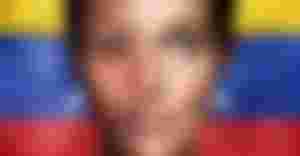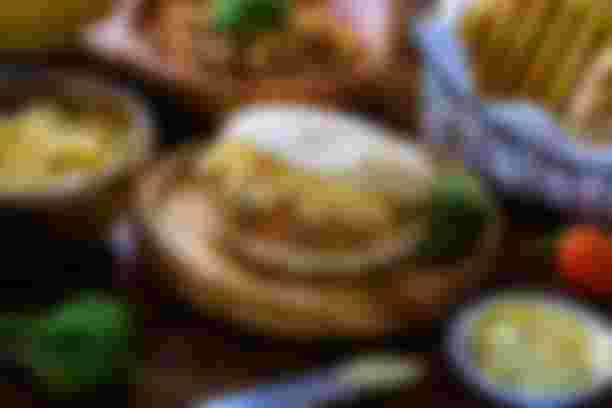The Venezuelan culture, like that of the other countries of the American continent, is a hybrid of several cultures. On the one hand, and although on a small scale, the behaviors and customs of the numerous indigenous ethnic groups that inhabited our territory survive, before the arrival of the European conquerors.
To such behaviors and customs are added precisely those of the conquerors, mostly Spanish, who began to arrive in the country from 1498.
Furthermore, it is necessary to add the customs and behaviors of the multiple African ethnic groups, whose members came forcibly during the shameful period in which slaves were openly trafficked.
Said in scholarly words, Venezuelans have something of the Indian, black and white in our blood and that is why almost all of us who have been born in this beautiful country are mestizos. This is something that we cannot hide, because the Venezuelan skin shows all the light and dark tints that exist in the world.

But, to these three influences, we must add those of other minority groups that have also helped build Venezuelan culture. It is impossible to conceive of this country without the contribution of the Portuguese, Italians, Spaniards of our times (especially Basques and Galicians), Americans and, above all, Colombians. The cultural influence of the latter is seen mainly in the states bordering Colombia (Apure, Táchira and Zulia), where cumbia and vallenato have erased the border between one country and another.
Regarding the United States, it should be noted that today there is a presumably international culture that arises from the economic hegemony of the United States of America and is, probably, the largest that has existed in the history of humanity, given the multiple paths through those that come to us: from Hollywood cinema, through television series, the satellite transmission of sports, musical and various kinds of shows, to the idea of fast food (whose first line is made up of hamburgers). This influence is also manifested from the servers and software of the Internet to the aesthetics a la Walt Disney, the latter designed to reach children around the world. Such expressions are symbols of a highly crowded culture that, without a doubt, has influenced our mestizo culture.
This ethnic and cultural variety has made Venezuelan culture something very special because, despite isolated racist outbreaks that arise from time to time, those of us who inhabit this territory in the north of South America practice tolerance as an intrinsic value of our idiosyncrasy. For Venezuelans, skin color does not add or detract from individuals.
On numerous occasions, when referring to the primary characteristics of Venezuelan culture, the negative aspects of it are emphasized. The most common portrait of the Venezuelan that is disseminated through our mass communication media is reduced to pointing out that he is lazy, he plays it for himself, he is sexist, consumerist, corrupt and fatalistic. It is ignored or is intended to ignore, that the Venezuelan has a positive portrait and that he is very bright.
We possess, and to a high degree, virtues such as joy, kindness, friendship, a taste for hygiene, generosity, compassion, hospitality, and solidarity. Such virtues have caused hundreds of thousands of people to come to live in our country, from other European nations and from our continent, and they quickly feel as if they had been born in our territory. Today, due to the situation our country is going through, both politically and economically, it has unfortunately become a necessity for Venezuelans to have to emigrate to other countries to seek a better quality of life, forgetting what we really are and what our country is. .
It is also good to clarify that when I speak of all this Venezuelan culture I speak of a mixture of regional cultures: the coastal, the insular coastal, the central urban, the eastern, the llanera, the Andean and the western. Such regional cultures interact with each other throughout the country due to abundant internal migration, especially that which has been directed to the main cities of the center such as Caracas, La Guaira, Guarenas. Los Teques, La Victoria, Maracay and Valencia.

This mixture is manifested in a culture of a national character that, in turn, has different variants depending on the region. A clear example of this is represented by the main one of our typical breads: the arepa. During the process of conquest and colony of our territory, in the 16th century, those born in our territory were known as arepas eaters.
As all Venezuelans know, the arepa is a round bread made of corn, which can be filled with any other food, mainly cheese, ham, chicken, beef, beans and dogfish, the latter a small shark that abounds in our coasts. .
But it happens that the arepa of the states to the East of the country is different from the Andean and also from the llanera. The oriental one that is also eaten in the Falcón and Zulia states, has among its ingredients a little lime and is called arepa pelá (peeled): the Andean one has, in addition to corn, a portion of wheat. The sizes also vary: in some places the arepa has the diameter of a mayonnaise jar lid, while in other regions it is made according to the diameter of the pan where it is roasted.

This example shows us how Venezuelan culture perceived, of course, from an anthropological perspective, does not manifest itself in a single way throughout the country.
It was a pleasure to tell you a little about the culture of my country, until the next occasion.


